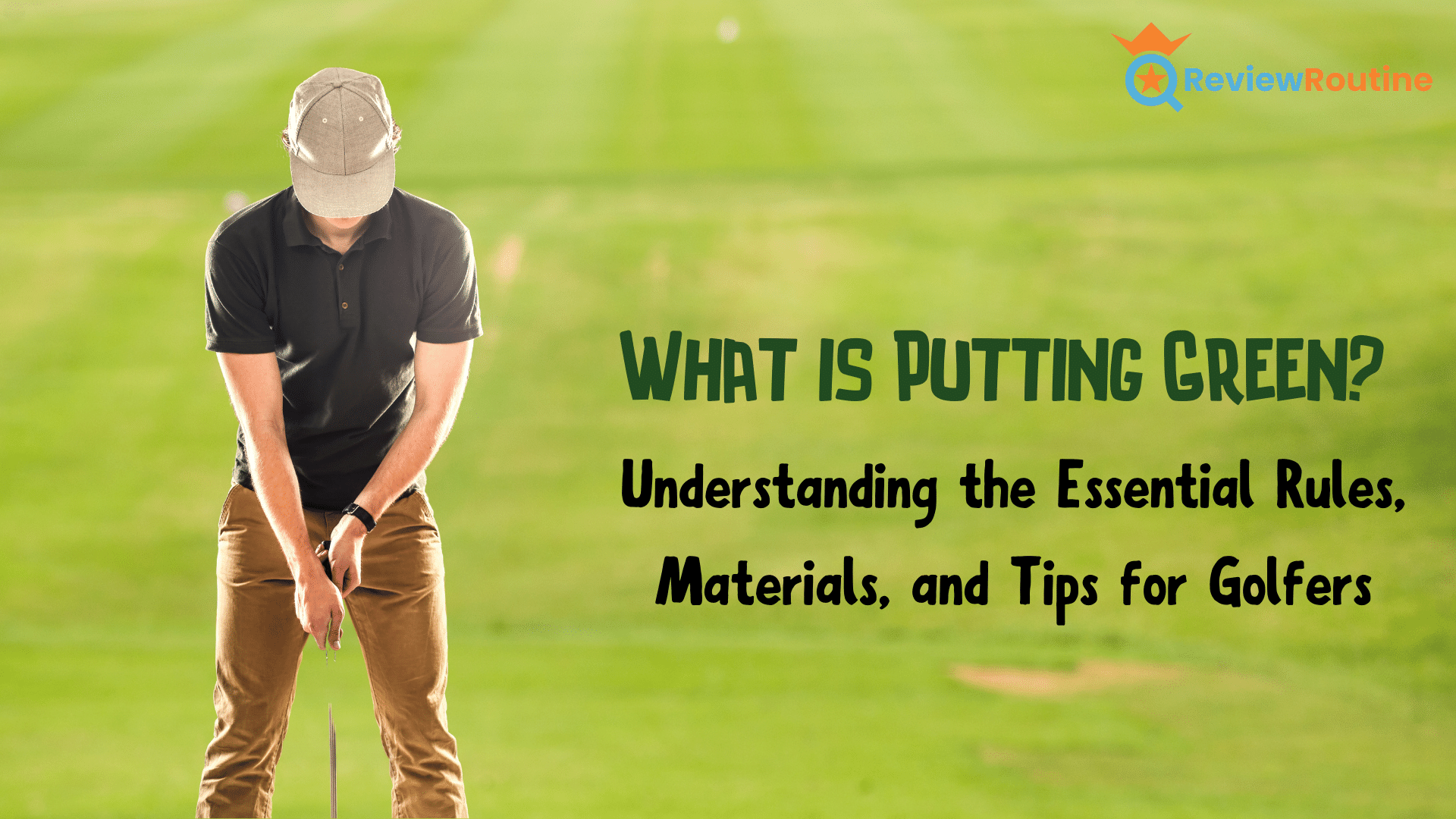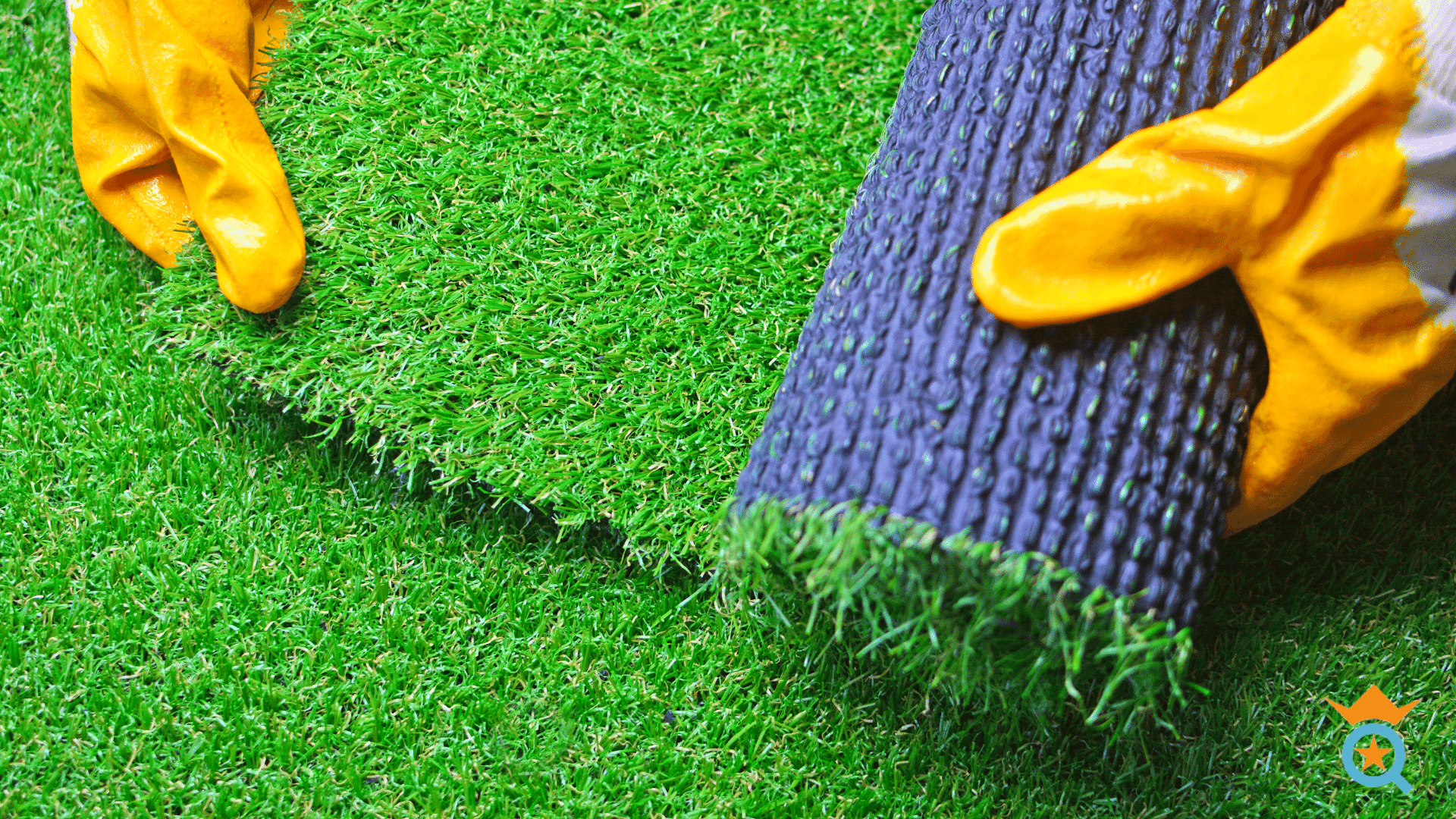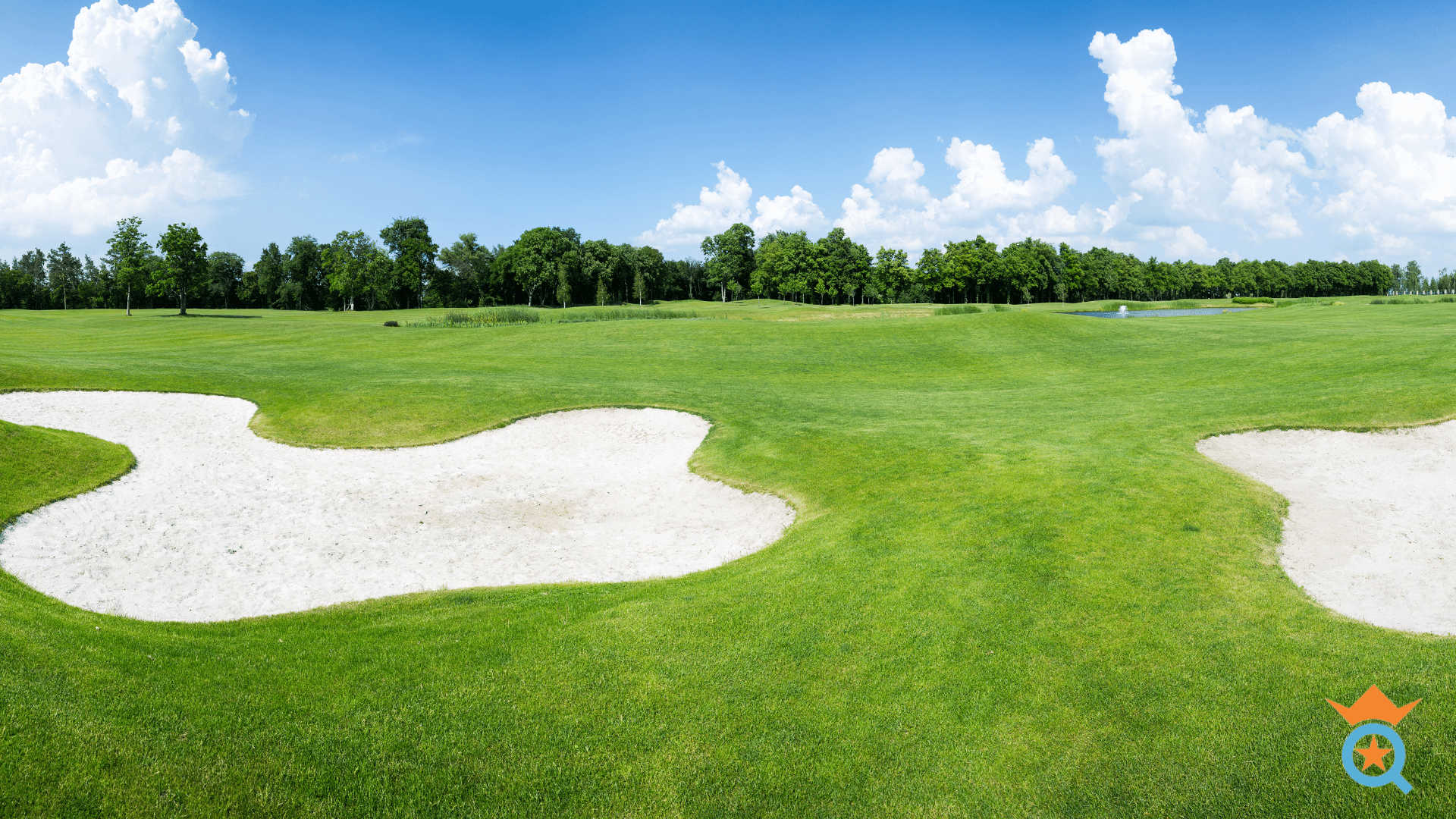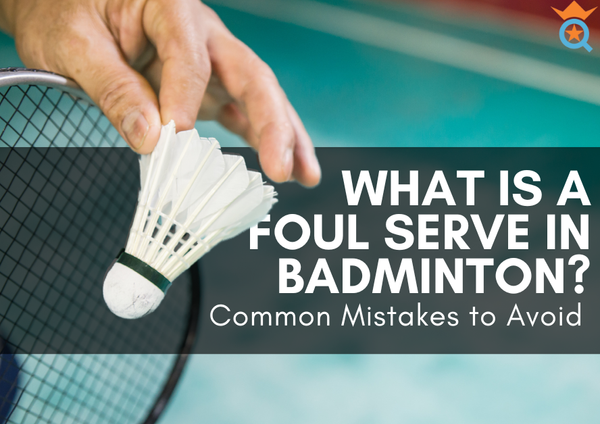Mastering the art of putting is an essential skill for golfers, as it plays a significant role in determining their overall performance on the course.
Putting green, where golfers spend a considerable amount of time, requires a thorough understanding of its unique rules, materials, and best practices.
In this professionally crafted article, we will delve into the various aspects of putting greens, including the types of grass used, the essential rules and etiquette, and how to effectively practice and improve your putting skills.

The Importance of Putting Greens in Golf
Putting greens hold a pivotal role in the game of golf, as they are the designated areas where players strive to complete each hole by sinking their golf balls.
Situated at the end of every hole, these smooth, well-manicured surfaces are where precision and finesse come to the forefront, ultimately affecting a golfer's overall score.
Given the critical nature of putting, golfers often find themselves dedicating a significant portion of their time to putting green, to perfect their techniques and strategies.
As players attempt to gauge the subtle variations in the green's surface and adjust their strokes accordingly, this stage of the game demands a heightened level of concentration and skill.
Given the substantial amount of time spent on putting green, golfers must be well-versed in the rules and etiquette associated with this part of the course. Familiarity with these guidelines ensures a fair and enjoyable experience for all players while promoting a smooth flow of play.
By understanding and adhering to the putting green's rules and etiquette, golfers can not only enhance their performance but also contribute to a more pleasurable and respectful atmosphere on the golf course.

Putting Green Materials and Types of Grass
Putting green grass is a carefully selected and cultivated type of turf that offers a smooth, consistent, and visually appealing surface for golfers to putt on. The ideal putting green grass exhibits fine texture, high density, and exceptional durability, all of which contribute to the optimal playing conditions necessary for accurate and controlled putting.
There are several types of grass commonly used for putting greens, each with its own unique characteristics:
- Bentgrass: A popular choice for many golf courses, bentgrass is a fine-textured, cool-season grass that offers a dense, uniform surface ideal for putting. Its ability to tolerate low mowing heights and withstand foot traffic makes it a suitable option for high-quality greens.
- Bermuda grass: Often used in warmer climates, Bermuda grass is a heat-tolerant, warm-season grass that creates a durable and resilient putting surface. Its capacity to recover quickly from wear and tear and adapt to a variety of soil types make it a versatile choice for putting greens.
- Paspalum: Gaining popularity in recent years, Paspalum is a salt-tolerant, warm-season grass that thrives in coastal and tropical environments. Its fine texture and ability to be mowed at low heights make it an attractive option for putting greens, particularly in regions where traditional grasses struggle to grow.
In addition to natural grass, various types of artificial grass have been developed to provide an alternative for putting greens. These synthetic materials aim to replicate the look and feel of real grass while offering lower maintenance requirements and increased durability.
Some of the best-suited artificial grass options for putting greens include:
- Nylon: Known for its exceptional durability and resilience, nylon artificial grass can withstand heavy foot traffic and maintain its shape over time. Its fine texture and realistic appearance make it an excellent choice for putting greens.
- Polyethylene: Offering a softer, more natural feel, polyethylene artificial grass closely resembles real grass in terms of texture and appearance. Its durability and lower maintenance needs make it a popular option for both residential and commercial putting greens.
- Polypropylene: As an affordable and versatile option, polypropylene artificial grass provides a decent playing surface for putting greens. While not as durable as nylon or polyethylene, it can be an acceptable choice for less-frequented or budget-conscious installations.
By understanding the various types of grass and artificial materials available for putting greens, golfers and course managers can make informed decisions that best suit their specific needs and preferences.

Key Rules and Etiquette on the Putting Green
Understanding and adhering to the rules and etiquette on the putting green is crucial for maintaining a fair and enjoyable golfing experience. These guidelines help ensure a smooth flow of play and facilitate sportsmanship among players.
Some key USGA rules that apply to the putting green include:
Rule 13
This rule governs actions that can be taken on the putting green without incurring penalties. Some of the permissions granted under Rule 13 involve marking the ball, lifting and cleaning the ball, repairing damages on the green, and replacing the ball on the green. Familiarizing oneself with Rule 13 is vital, as it allows players to take specific actions on the putting green that may not be permissible elsewhere on the course.
Rule 10
Rule 10 pertains to the order of play, which is typically determined by the player farthest from the hole playing first. However, the rule allows for flexibility in the order of play, permitting players to proceed out of turn when appropriate, such as when the player farthest from the hole needs more time to prepare for their shot.
Rule 20-5
This rule comes into effect when a player putts out of turn without receiving permission from the player farthest from the hole. Under Rule 20-5, the opponent may request the player to replay their putt, replacing the ball in its original position without penalty.
Proper etiquette on the putting green includes marking the ball to indicate its position, which allows players to lift and clean the ball without disrupting its original location. When replacing the ball, it's important to ensure that the marker is not accidentally moved.
Furthermore, players are permitted to repair certain damages on the green, such as old hole plugs, spike marks, and ball marks, while natural surface imperfections and normal wear should not be repaired.
While the use of putters is common on the putting green, golfers are allowed to use any club they prefer. This flexibility provides players with the opportunity to experiment with various clubs to find the best-suited approach for their putting style.
However, using a different club on the putting green comes with its risks and challenges, as the margin for error is small due to the short grass on the green. Additionally, it's worth noting that some golf clubs may enforce specific club usage rules during local tournaments or regular play.
Tips for Practicing on and Maintaining Putting Greens
To effectively improve your putting skills and maintain a high-quality putting green, consider the following tips:
- Outdoor putting greens: Make use of outdoor greens for a realistic practice experience, adapting to different grass types and adjusting to varying green speeds.
- Indoor putting greens: Utilize indoor greens for year-round practice regardless of weather conditions, focusing on consistency and refining your stroke.
- Golf simulators: Incorporate golf simulators into your practice routine to receive valuable feedback on your putting technique, speed, and direction.
- Caring for the grass: Ensure your putting green stays healthy by regularly mowing, watering, and fertilizing the grass as needed.
- Removing loose soil and debris: Keep the surface smooth and free of obstructions by removing any loose soil, leaves, or other debris.
- Repairing spike marks: Preserve the quality of the putting surface by fixing any spike marks, ball marks, or other indentations that may affect the roll of the ball.
- Regular maintenance: Schedule periodic aeration, topdressing, and overseeding to maintain optimal turf health and putting green performance.
You can create a conducive environment for honing your skills and ensuring your putting green remains in top condition for an enjoyable and effective practice experience by following these tips for practicing on and maintaining putting greens.

The Versatility of Putting Greens: From Golf Courses to Home
Beyond the traditional golf course setting, putting greens have expanded into various applications, demonstrating their versatility and adaptability. Home installations, green kits, and artificial grass installations have become increasingly popular among golf enthusiasts.
These alternative options offer numerous benefits, such as convenience and customized practice opportunities. Having a putting green at home allows players to practice their putting skills at their leisure, eliminating the need to travel to a golf course or adhere to club hours.
Moreover, personalized putting green installations can be tailored to suit individual preferences and skill levels, providing a unique and targeted practice experience that can significantly improve one's putting game.

Other Uses for Putting Green Materials
Putting green materials, particularly artificial grass, has found applications in a variety of settings beyond golf courses. Some common examples include swimming pools, tennis courts, and other sports facilities.
Using putting green materials in these environments offers several benefits:
- Durability: Artificial grass is designed to withstand heavy foot traffic, making it a suitable option for high-use areas in sports facilities. Its resilience ensures that it maintains its appearance and functionality over time.
- Low maintenance: Unlike natural grass, artificial grass requires minimal upkeep, making it an attractive option for facility managers. There is no need for watering, mowing, or fertilizing, which saves both time and resources.
- Versatility: Putting green materials can be customized to meet the specific needs of various sports and recreational spaces. For instance, the artificial grass used for tennis courts may differ in texture and pile height compared to that used around swimming pools, allowing for optimal performance in each setting.
- Safety: Artificial grass provides a consistent, even playing surface, reducing the risk of injuries associated with uneven or poorly maintained natural grass. Additionally, it offers excellent drainage, minimizing the chances of water pooling and creating slippery surfaces.
- Aesthetics: Putting green materials, particularly artificial grass, can create an appealing, lush appearance in various settings. This visual appeal can enhance the overall experience for users and contribute to a well-maintained facility.
The use of putting green materials in alternative settings demonstrates their adaptability and potential to provide practical, safe, and visually appealing solutions for a wide range of sports and recreational facilities.
Takeaways
Grasping the intricacies of golf putting greens, their materials, and the associated rules is essential for golfers aiming to refine their skills. By acquainting yourself with the diverse grass types, mastering the critical rules and etiquette, and exploring the myriad ways to practice and maintain putting greens, you can elevate your golfing abilities.
Furthermore, the adaptability of putting green materials extends their application to numerous sports facilities and home installations, offering boundless opportunities to appreciate and hone the art of putting.
FAQs
How does a golf ball affect putting performance?
The type and quality of a golf ball can impact putting performance. Factors such as compression, cover material, and construction can influence how the ball rolls on the putting green and its overall performance. It's essential to choose a golf ball that suits your skill level and playing style.
What is the standard size of a golf hole?
A standard golf hole, as defined by the USGA and R&A, has a diameter of 4.25 inches (108 mm) and a depth of at least 4 inches (101.6 mm). This site has been standardized to ensure consistency across golf courses worldwide.
How can I practice putting effectively?
To practice putting effectively, consider using a variety of techniques and tools, such as indoor and outdoor putting greens, golf simulators, and putting mats. Incorporate drills that focus on distance control, alignment, and consistency to improve your overall putting performance.
Can I install a putting green around my swimming pool?
Yes, you can install a putting green around your swimming pool. Artificial grass is a popular choice for such installations due to its durability, low maintenance, and water resistance. However, consult with a professional installer to ensure proper drainage and safety measures are in place.
Is it possible to have a tennis court with a putting green surface?
While it's not common, you can install a tennis court with a putting green surface. However, the artificial grass used for tennis courts is typically different from that used for putting greens, with variations in pile height and texture to cater to the specific requirements of tennis. Consult a professional installer to determine the best type of artificial grass for your tennis court.
How many holes are there on a standard putting green?
The number of holes on a standard putting green can vary depending on the design and size of the green. Practice putting greens may feature multiple holes to allow golfers to practice various putts and angles. However, on a golf course, each putting green will have only one hole corresponding to the specific hole being played.
What are the defined areas on a putting green?
The defined areas on a putting green include the hole, the fringe or apron (the area immediately surrounding the putting surface with slightly longer grass), and the putting surface itself. These areas are maintained differently to ensure optimal playing conditions for putting.








